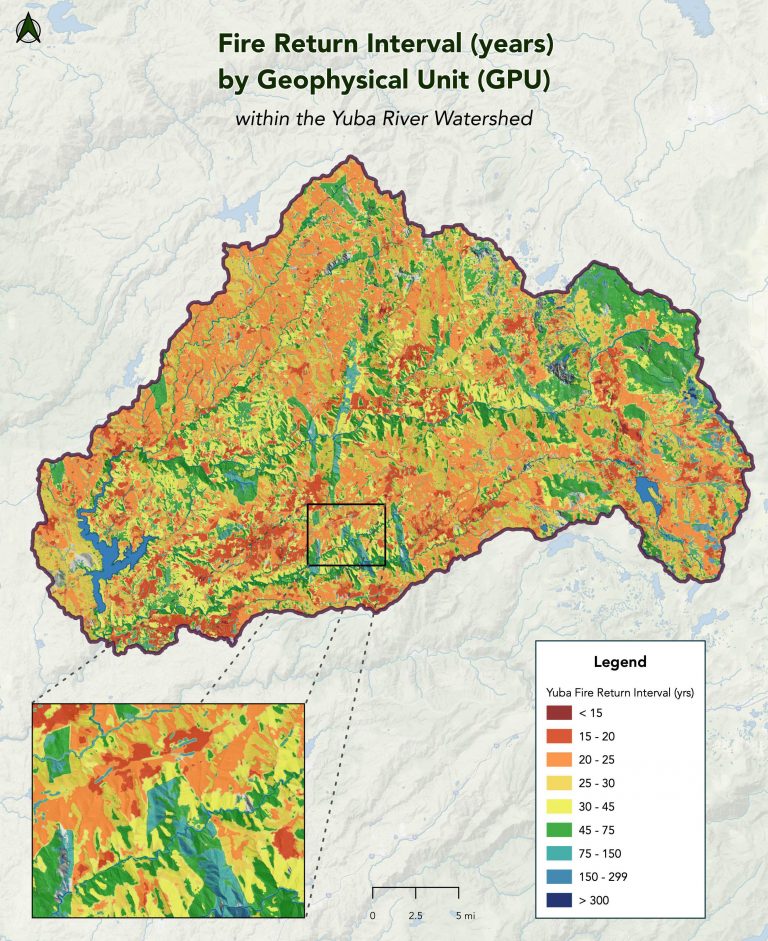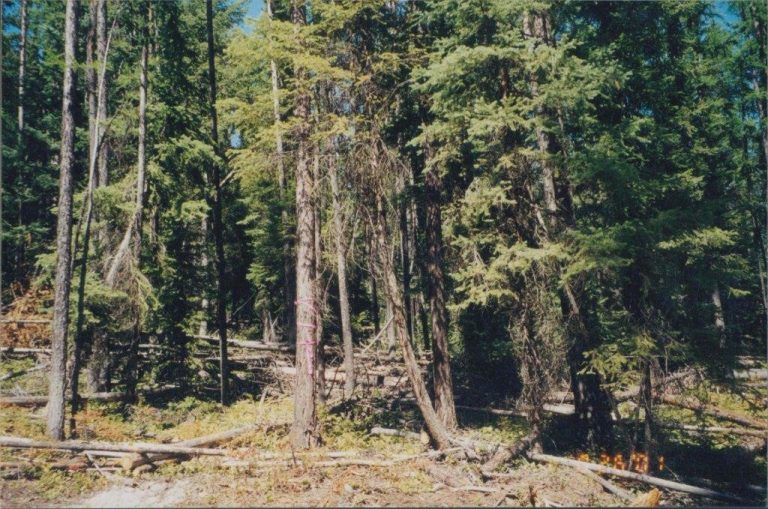- I recommend the Pixel 9 to most people looking to upgrade - especially while it's $250 off
- Google's viral research assistant just got its own app - here's how it can help you
- Sony will give you a free 55-inch 4K TV right now - but this is the last day to qualify
- I've used virtually every Linux distro, but this one has a fresh perspective
- The 7 gadgets I never travel without (and why they make such a big difference)
Healthy forests: Tribal forestry and science innovations for disaster reduction

Cisco Foundation grant partner Vibrant Planet Data Commons harmonizes cutting-edge science, open-source data, and Tribal Forestry to reduce the risk and severity of wildfires while speeding the pace of forest restoration.
Forests are a vital part of a healthy planet: they store carbon, regulate the water cycle, produce oxygen, prevent erosion, and are among the most biodiverse places in the world. Forests are also important for us as humans: economically,physically, and even spiritually. There are few things I would rather do than spend quiet and peaceful moments among trees.
And yet, the prevalence, severity, and devastation from forest fires is continuing to increase, as we’ve witnessed throughout 2023. In the United States, and in many other forested areas around the world, decades (if not centuries) of wildfire suppression as well as human-caused climate change can lead to catastrophic wildfires that that devastate communities, grab media attention, and pull at heartstrings across the globe. Recognizing that something must be done, the question now is how to speed up the pace and scale of forest restoration and mitigate devastating wildfires.
Given that this is an incredibly complex and systemic set of issues, two avenues we can use to address wildfire mitigation include: 1) Data and 2) Management. This is where Cisco Foundation grant partner Vibrant Planet Data Commons comes in. VP Data Commons seeks to transform how our forests are managed by combining high-quality data packages with real-world stories from the forests themselves, with a particular focus on illustrating the many benefits of Indigenous forest practices.

Let’s start with data. When it comes to forest ecology and fire science, scientists and governments are generating excellent data, such as how much a forest has departed from its natural state, but to make that data accessible to decision makers can take significant time and resources. Once the data is collected, its proprietor may not have the capacity or tools to share the data in easily accessible ways or to do widespread storytelling, and certainly not to take the actions suggested by the data, such as restoration or preservation. Data around things like the overgrowth of forest understory and density of trees can be hard to generate in bulk while also being accurate at the local level, and it is often not collected with enough frequency nor promptly released to meet needs of the quickly changing climate crisis, or its resolution may be low.
VP Data Commons’ solution is to be that missing link: they support data collection with innovative solutions, like High Altitude Balloons, often used for scientific exploration like making Earth or atmospheric observations, and in consultation from entities such as the U.S. National Aeronautics and Space Administration (NASA), they make it easy for scientists to share out their own data. VP Data Commons then serves as a repository for high-quality data packages, such as wildfire risk in the Yuba Watershed of California. Not only does VP Data Commons take the lead in this curation, but they also provide tutorials on using that data in other scientific analyses and in applying it to real world restoration efforts which addresses our second avenue: management.
Long before European settlers arrived in what is now more commonly known as the United States, Indigenous people stewarded forests with a wide variety of sophisticated management techniques, including carefully planned intentional burns (known as “healthy fire”), for example. Even with high quality and usable data, many current forest management and restoration efforts led by public and private entities still face problems of cohesion and are typically disconnected from previous and highly successful Indigenous forest-stewardship practices.

The depth and breadth of forest management practices in Indigenous communities is diverse, as are the ways by which such land stewards share their stories with the public. Recently, we had the privilege of hearing from Ray Entz, the Director of Wildlife and Terrestrial Resources at the Kalispel Tribe, and an Advisor to VP Data Commons. In his words:
“Indigenous communities are far more sophisticated and ready to lead the design and implementation of large-scale forest restoration projects than previously recognized. Where partnerships and collaboration opportunities exist, Tribes can be powerful partners to large public land managers and communities that want to restore their forest ecosystems.”
This Tribal leadership and partnership for restoration is so vital because, according to Ray: “We’re already seeing climate impacts that are stressing our forests and leading to significant changes. For example, many culturally important species, such as Western red cedar, are in steep decline.”
The Kalispel Tribe is leading the recovery of 45,000 acres of forest in the Pacific Northwest, and in partnership with VP Data Commons, is developing data visualizations that will help policy makers and the public better understand, support, and prioritize Tribal land management. VP Data Commons seeks to support and uplift these vivid success stories and – with reciprocity and sensitivity – share with the world how data and Tribal stewardship can lead to resiliency in communities, forests, and ecosystems at large.
In today’s world where deep healing and forest restoration are needed to avoid destructive fires, sequester carbon into thriving ecosystems, and improve livelihoods of local communities, a single shared vision is instrumental. Dynamic, reciprocal, and innovative partnerships between entities such as nonprofit organizations, Tribal communities, governments, and scientists have the potential to provide high-impact, fast-acting forest restoration. These partnerships are not just possible, they are actively happening, with the Kalispel Tribe and VP Data Commons setting a harmonious example. Tying together all of these successful efforts, of course, is our dear friend: data.

VP Data Commons and the Cisco Foundation share a similar vision where data is accessible and actionable, efforts are connected, and important voices are in the room where decisions are made, which – when all combined – can bring about the inclusive future we all strive for. In this context, it means more healthy fire and less extreme fire. It means we collectively value, honor, and center traditional Indigenous practices to be the main forest management paradigm. If you are a scientist with data getting stale, a funder seeking opportunities to support, or an tech expert looking to lend your skills, you can get in touch with Vibrant Planet Data Commons.
As Dr. Robin Wall Kimmerer, distinguished professor, scientist, enrolled member of the Citizen Potawatomi Nation, and Director of the Center for Native Peoples and the Environment, wisely says:
“To love a place is not enough. We must find ways to heal it.” – Dr. Robin Wall Kimmerer, Braiding Sweetgrass
Share:

